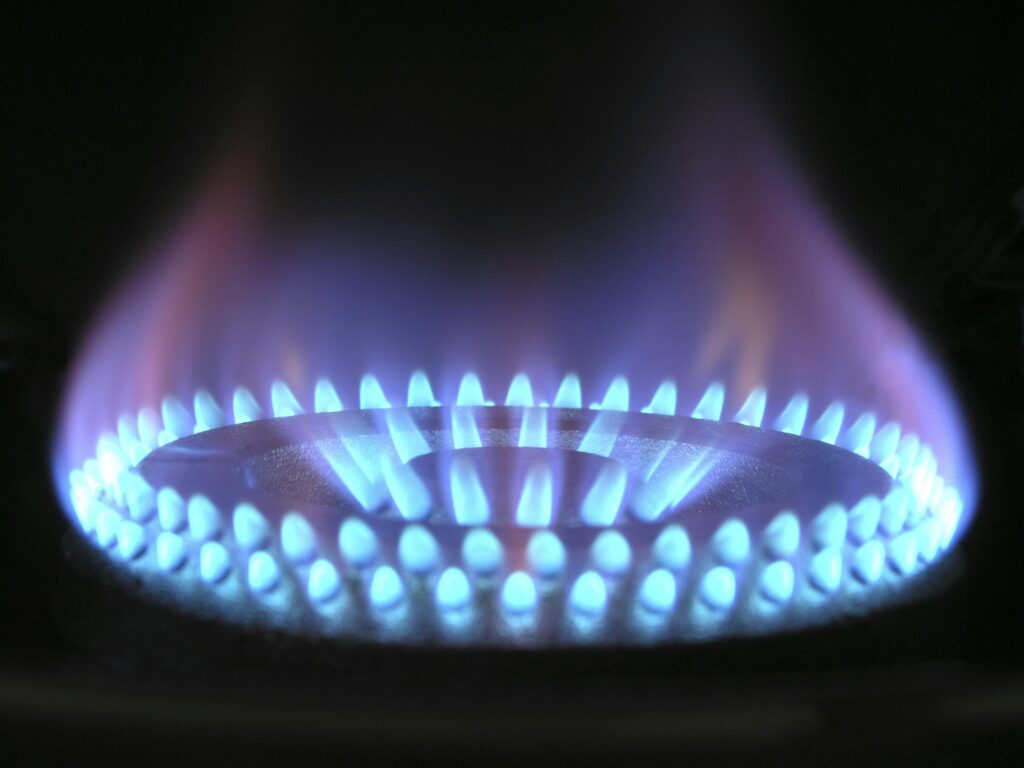
Gas stoves have long been a popular choice in kitchens due to their quick heating and precise temperature control. However, recent studies have highlighted several health and environmental risks associated with their use. Here’s what you need to know about the potential dangers of gas stoves:
1. Indoor Air Pollution
These gas-powered stoves can release a variety of harmful pollutants into your home, including:
- Nitrogen Dioxide (NO2) This gas can irritate the respiratory system and has been linked to the development and exacerbation of asthma, particularly in children.
- Carbon Monoxide (CO): Even at low levels, CO can cause headaches, dizziness, and fatigue. High levels of CO can be life-threatening.
- Formaldehyde and Benzene: These chemicals are known carcinogens (cancer causing) and can contribute to long-term health issues.
2. Respiratory Issues
- Exposure to the pollutants emitted by gas stoves can lead to respiratory problems. Studies have shown that children living in homes with these stoves are more likely to experience symptoms of asthma and other respiratory conditions. Adults with pre-existing respiratory issues may also find their symptoms worsening.
3. Environmental Impact
- Gas stoves contribute to environmental pollution by releasing methane, a potent greenhouse gas. Methane emissions from these stoves can be significant, even when the stove is turned off. This contributes to climate change and has a broader impact on the environment.
4. Safety Concerns
These stoves pose several safety risks, including:
- Fire Hazards: The open flame this type of stove can easily ignite nearby flammable materials.
- Gas Leaks: A malfunction or improper installation can lead to gas leaks, which are not only a fire hazard but can also cause explosions.
- Burns and Injuries: The open flame and hot surfaces can cause burns, especially in households with young children.
5. Mitigation Measures
While gas-powered stoves have their risks, there are ways to mitigate these dangers:
- Ventilation: Always use a range hood or exhaust fan when cooking to reduce the concentration of pollutants in your kitchen2.
- Regular Maintenance: Ensure your gas stove is properly maintained and serviced regularly to prevent leaks and ensure efficient operation.
- Consider Alternatives: If possible, consider switching to electric or induction stoves, which do not produce the same harmful emissions.
By being aware of these risks and taking appropriate measures, you can reduce the potential dangers associated with gas stoves and create a safer cooking environment for your family. If you want to learn more, check out this article about gas stoves by NPR. Otherwise, you can dive into which other ovens you can use, by checking out our blog post, How to Choose the Right Stove.


